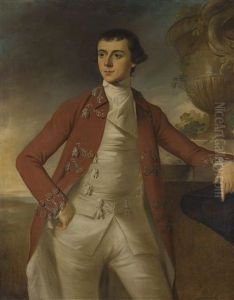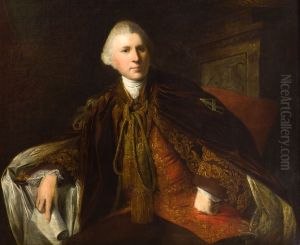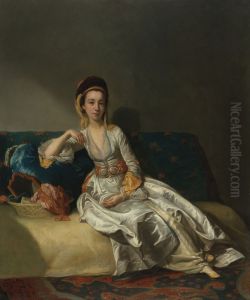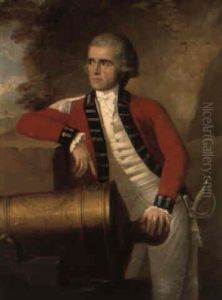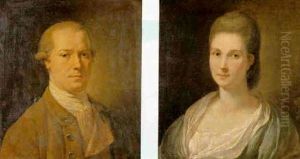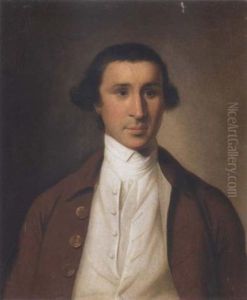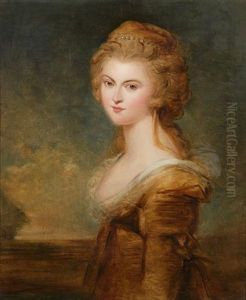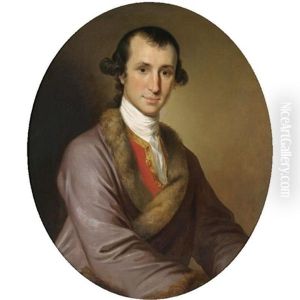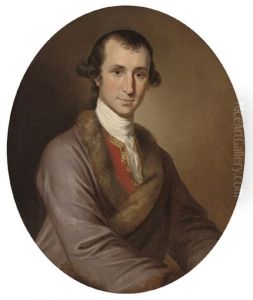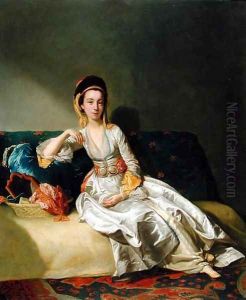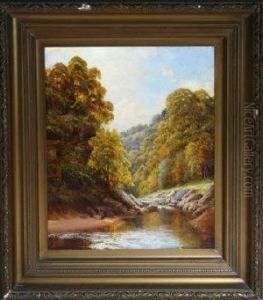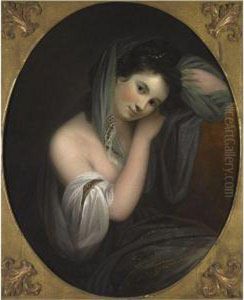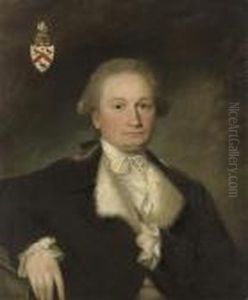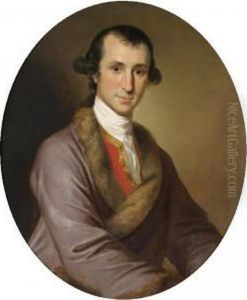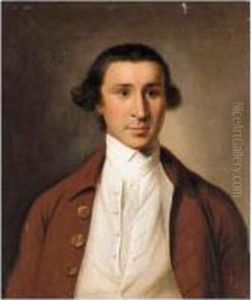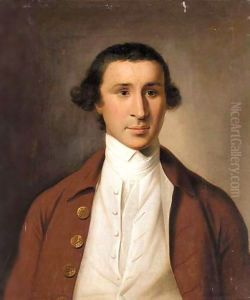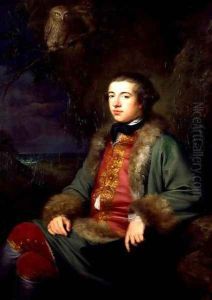George Willison Paintings
George Willison was a Scottish portrait painter, born in 1741 in Dundee, Scotland. Coming from a family with a strong artistic background, his uncle, also named George Willison, was a notable painter in his own right, providing a stimulating environment for the younger Willison's early interest and development in the arts. His talent became evident early on, and he was sent to study in Edinburgh under the guidance of portraitist Allan Ramsay, who was a leading British portraitist of the time and served as King George III’s painter. This mentorship was crucial for Willison, offering him not only training in the technical aspects of painting but also an introduction to the social circles that would later become his clientele.
Willison's career took a significant turn when he traveled to Rome in 1760, a journey that was common among artists of his era seeking to study the masterpieces of antiquity and the Renaissance. The years he spent in Italy were formative, as he was exposed to the works of the great masters and the vibrant international artistic community. During this period, he honed his skills, focusing particularly on the grand manner of portraiture, which sought to idealize its subjects in the tradition of artists like Raphael and Titian.
In the mid-1760s, Willison returned to Britain, establishing himself in London. However, his most distinctive and impactful work was to come later when he moved to India in 1777. At the time, the British East India Company was expanding its influence on the subcontinent, and Willison saw an opportunity to cater to the British and Indian elites who were eager to commission portraits. Based primarily in Calcutta (now Kolkata), he became the pre-eminent portraitist in India, capturing the likenesses of many significant figures of the period, including British officials, Indian rulers, and merchants. His portraits are notable for their sensitivity, attention to detail, and the skillful incorporation of Indian dress and setting, which added an exotic flair that appealed to his clients.
Willison's health began to decline in the late 1780s, prompting his return to Britain in 1784. Despite his failing health, he continued to paint and exhibit his works, though he never regained the prominence he enjoyed while in India. George Willison died in 1797, leaving behind a body of work that, while not as widely recognized today as that of some of his contemporaries, offers valuable insight into the cross-cultural encounters between Britain and India during the 18th century. His portraits not only showcase the technical skill and artistic sensibility of their creator but also serve as historical documents, reflecting the complexities and nuances of colonial India.
